The bond between a parent and child is often described as one of the strongest connections known to humanity. It’s a love that knows no bounds, transcending time and space, and driving parents to extraordinary lengths to protect and care for their offspring. When tragedy strikes and a parent loses a child to violence, the level of grief and anguish is immeasurable. In the depths of such sorrow, grief can morph into an insatiable thirst for vengeance.
Marianne Bachmeier was born on June 3, 1950, in Sarstedt, Lower Saxony, Germany, where her family settled after migrating from East Prussia following the Second World War. Growing up in a conservative household with strict parents, Marianne faced challenges exacerbated by her father’s past as a member of the Waffen-SS, the combat branch of the SS, initially formed as Adolf Hitler’s personal protection unit during the early years of the Nazi Party.
Raised in an environment marked by her father’s heavy drinking and resulting volatility, Marianne endured hardship from a young age. At the age of nine, she was subjected to sexual assault by a local salesman. The strain within her family escalated, leading to her parents’ eventual divorce. Marianne’s situation worsened when her mother moved in with another man, which resulted in Marianna being kicked out of the household. By the age of 16, Marianne found herself facing the challenges of young motherhood, giving birth to her first child whom she eventually chose to place for adoption.
Two years later, Marianne found herself expecting once more, this time with her boyfriend. However, tragedy struck shortly before Marianne was due to give birth when she was sexually assaulted by another man. As a result, upon the baby’s arrival, she made the difficult decision to place them up for adoption. At the age of 22, on November 14, 1972, Marianne welcomed a baby girl into the world whom she named Anna. Determined to raise Anna herself, Marianne juggled parenthood with her full-time job as a barmaid in Luebeck; Anna often accompanied her mother to work.
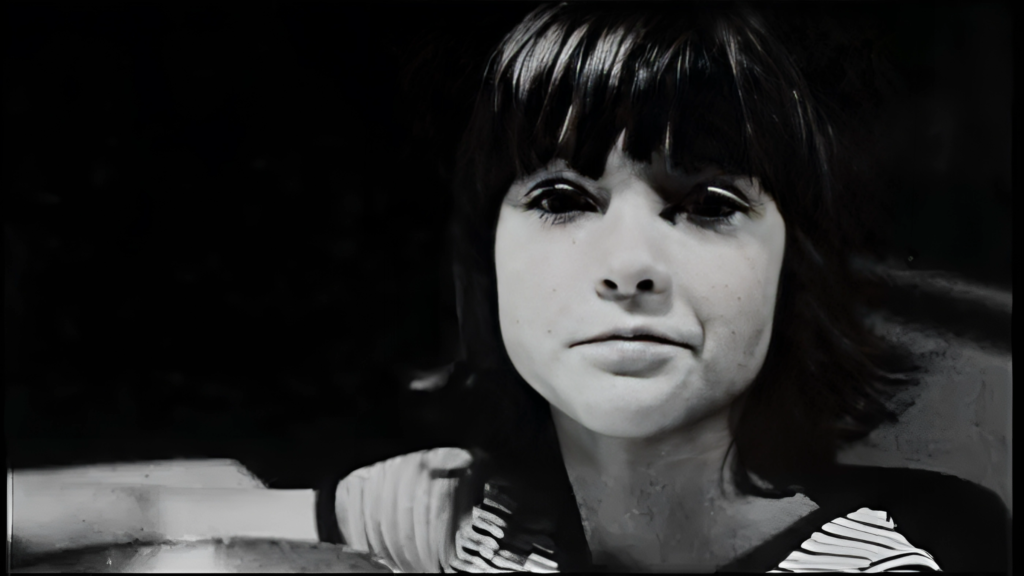
Then, on May 5, 1980, seven-year-old Anna had an argument with her mother and chose to skip school. While wandering the neighbourhood that afternoon, she encountered a familiar face: Klaus Grabowski, a 34-year-old butcher who lived just a few doors away. Anna had been inside Grabowski’s home before to play with his cats. Grabowski lured Anna inside and held her captive for several days, subjecting her to sexual assaults. In a final act of brutality, he strangled Anna to death and then disposed of her body in a cardboard box in a desolate area outside Lubeck.
Grabowski was already well-known to police in Germany at the time, having been previously committed to psychiatric treatment following two convictions for sexually assaulting children. In 1973, he received a year’s probation for attempting to strangle a six-year-old girl. Two years later, he spent a year in a psychiatric hospital after being found guilty of sexually molesting a nine-year-old boy and girl. Despite undergoing voluntary castration, upon his release from the hospital, he sought hormone treatment from a doctor to restore his sexual drive, claiming he had been wrongly convicted of exhibitionism.1
Following Anna’s murder, Grabowski quickly emerged as the primary suspect after confessing his crime to his girlfriend, who promptly alerted the police. Upon his arrest, he made no attempt to deny his actions. However, in his statement to detectives, he asserted that Anna had attempted to blackmail him for money, threatening to accuse him of molestation if he didn’t comply. He accused her of demanding 5 marks, otherwise she would tell her mother. Grabowski claimed that he, in a moment of panic, used his girlfriend’s pantyhose to strangle Anna to death.
Grabowski’s trial commenced on March 3, 1981. Throughout his testimony, he vehemently denied sexually assaulting Anna, instead asserting that he had merely “stroked” her. He claimed to the courtroom that his actions were driven by fear of being arrested again for another sexual offense.2
As proceedings began on the third day of the trial, the courtroom buzzed with anticipation, with spectators filling the seats before the 10AM start time. Among them sat a group of 14 and 15-year-old students, present to observe and learn about legal proceedings firsthand. Marianne was unwavering in her attendance, and had been present for each day of the trial, and the third day was no exception. That morning, she entered the courtroom clad in a long grey trench coat, striding with purpose down the centre aisle.
With her hand concealed in her pocket, Marianne bypassed the public gallery and strode purposefully towards Grabowski. Swiftly withdrawing a Beretta pistol, she discharged all six rounds into him. Her husband shouted out, “She’s really done it!” as the deafening gunshots echoed throughout the courtroom, leaving Grabowski lifeless on the floor amidst a pool of blood. He was pronounced dead at the scene.
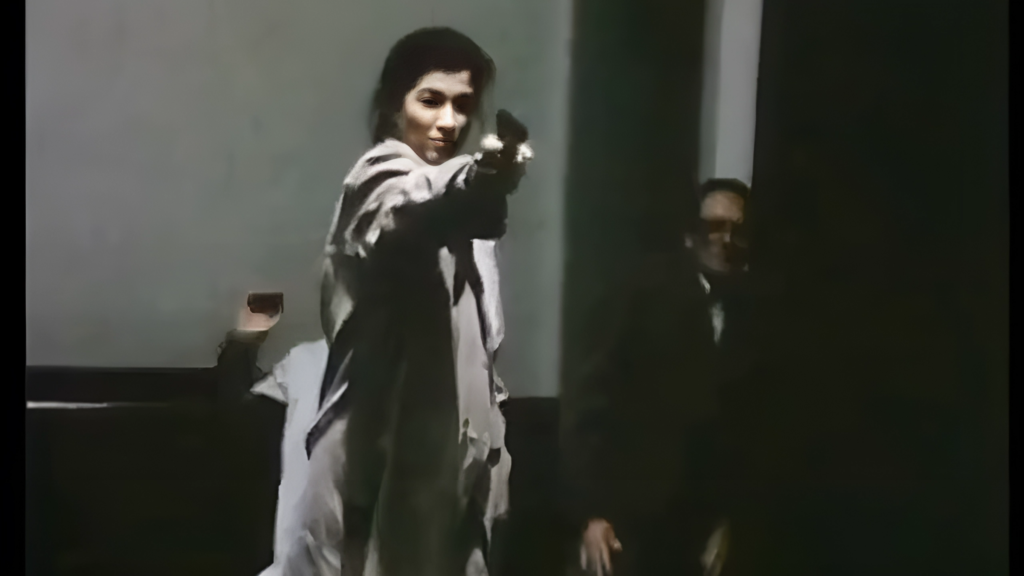
Cool and collected, Marianne dropped her weapon, letting it skid across the floor. Making no attempt to resist, she offered no opposition as court officials seized her and placed her under arrest. However, charges against Marianne were not immediately filed as prosecutors deliberated over whether to charge her with murder.3 Joachim Boettche, a spokesperson, remarked later that day that there had been no security checks before the trial, stating, “We usually do that only if there are signs there will be a disturbance. In this case, there were no such indications.”4
After being charged with Grabowski’s murder, Marianne endured 15 months behind bars until a court overturned the arrest order, securing her release. Following her freedom, she capitalized on her story by selling it to a magazine, which serialized a 12-part series on the case. The highly anticipated murder trial commenced on November 2, 1982. However, just six minutes into proceedings, it was abruptly adjourned due to the absence of two appointed legal experts.
The case had already become a national sensation, dominating headlines across Germany, and Marianne’s actions elicited widespread sympathy. On the morning of the trial, hundreds queued outside the courtroom, vying for a seat in the public gallery.5
Within a week of the shooting, Marianne’s friends had rallied support, raising approximately $50,000 for her defence. Dr. Guenter Bock, a close friend, dubbed the fundraising effort the “Community of Those Interested in Justice and Equality.” Donations poured in from across the country, as local newspapers continued to cover the case. In a letter to Bild am Sonntag, West Germany’s largest Sunday newspaper, a reader identified only as “Jo T.” expressed support, stating: “This mother is no murderer. She exercised a right which the state no longer guarantees for its citizens.”
The trial resumed the following day, and Marianne’s defence attorney, Uwe Maeffert, argued that police were to blame for the death of Grabowski, telling the judge that they “irresponsibly helped him on the road back to delinquency.” He accused them of allowing doctors to treat him with hormones without asking for an expert opinion. He further said that police did nothing when Grabowski failed to meet important bail conditions.6
Throughout the trial, Marianne recounted her troubled life to the judge, detailing her tumultuous family background and the sexual assaults she endured during her upbringing.7 All throughout the trial, anonymous letters were sent to the court, threatening of a “bloodbath” if Marianne were convicted.8 According to Marianne, she had acted on impulse when she brought the gun to court, but the prosecution claimed that it was pre-meditated. They argued Marianne had told a woman named Ursula Harbecke that she planned on killing Grabowski, but said that they couldn’t track her down to testify.
Marianne took the stand and emotionally testified that she felt compelled to kill Grabowski after experiencing a haunting vision of her daughter’s murder. Tearfully addressing the courtroom, she recounted, “In my mind, I saw my daughter Anna standing before him. He had his hands around her throat. I heard her scream. I don’t remember pulling the trigger. The next thing I saw was his body jerking as the bullets hit him.”9
However, Judge Guenther Kroeger expressed scepticism at Marianne’s story, indicating that he believed Marianne had planned the murder. He cited Marianne’s post-shooting remark, “I wanted to kill him,” as evidence of premeditation. Ultimately, the prosecution dropped the murder charge against Marianne, reducing it to manslaughter. The judge concurred and sentenced Marianne to six years in prison.
After serving three years, she was released. Following her release, she married a teacher and relocated to Lagos, Nigeria. On the 17th of September, 1996, Marianne died at the age of 46 from pancreatic cancer. In death, she was reunited with her daughter and buried alongside her in Burgtor Cemetery in Lubeck.
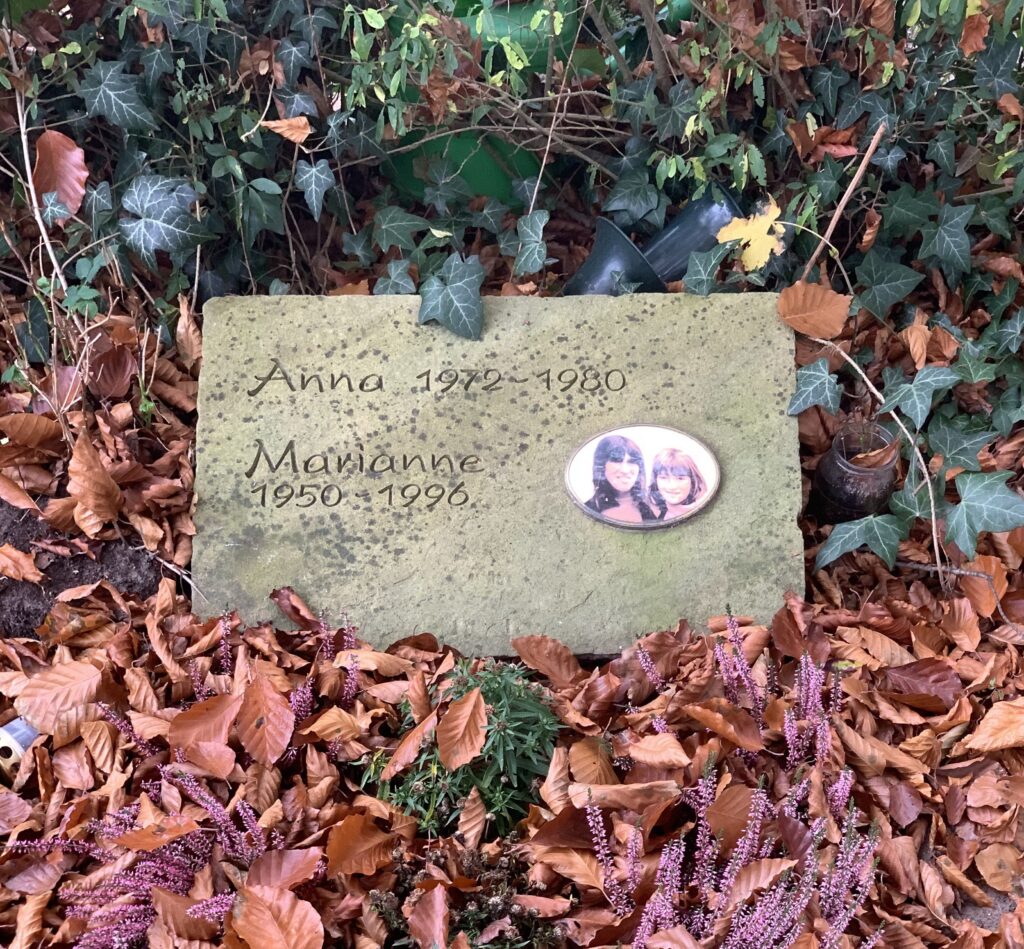
Footnotes:
- Longview Daily News, 17 March, 1981 – “Mom Guns Down Daughter’s Killer; Sympathy Pours In”
- UPI, 6 March, 1981 – “A Distraught Mother Opened Fire in a Courtroom Friday”
- Dayton Daily News, 6 March, 1981 – “Slain Girl’s Mother Kills Suspect at Trial”
- St. Mary and Franklin Banner Tribune”
- UPI, 2 November, 1982 – “Woman Who Avenged Daughter’s Death Appears in Court”
- Calgary Herald, 5 November, 1982 – “Spare Client, Lawyer Urges”
- The Sydney Morning Herald, 11 November, 1982 – “Court Told of Woman’s Tragic Life”
- The Salt Lake Tribune, 11 November, 1982 – “Murder Trial Arousing W. Germans”
- Daily Mirror, 30 November, 1982 – “I Saw a Vision”
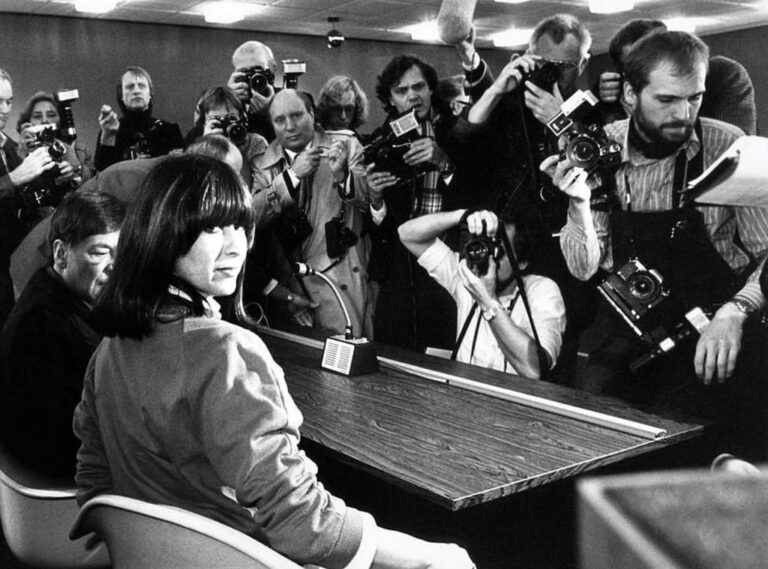
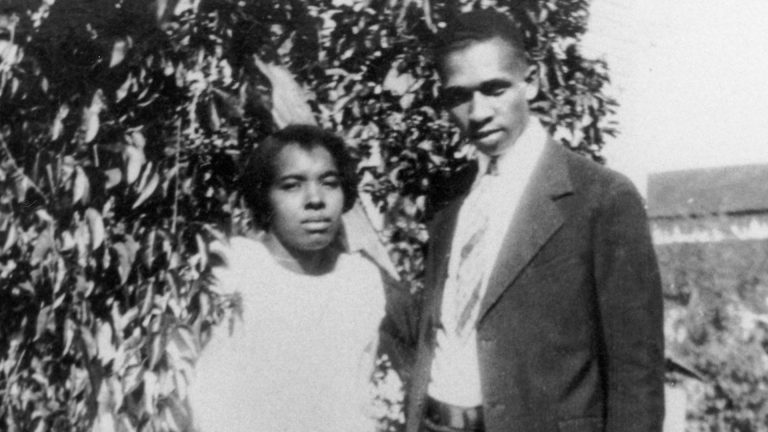
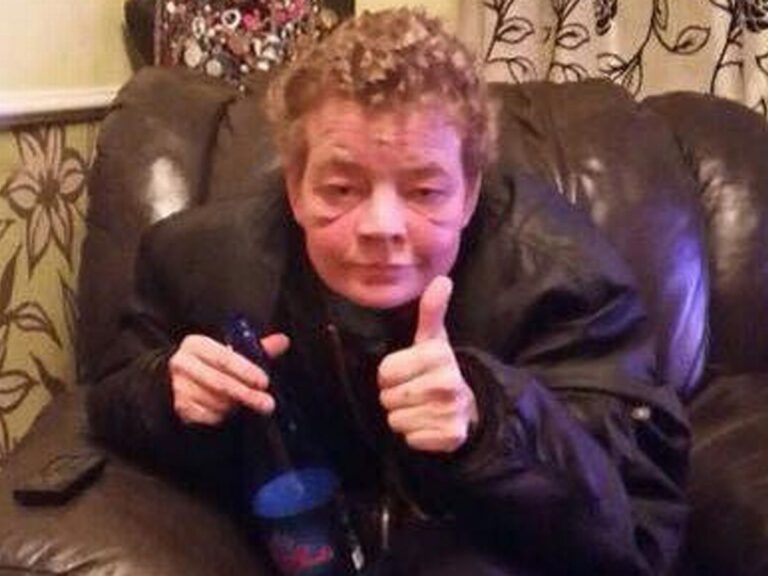
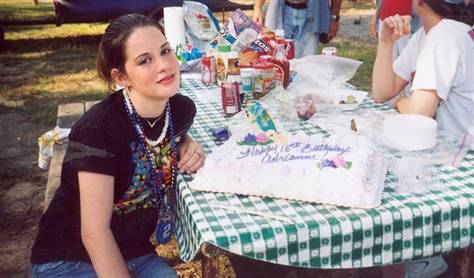

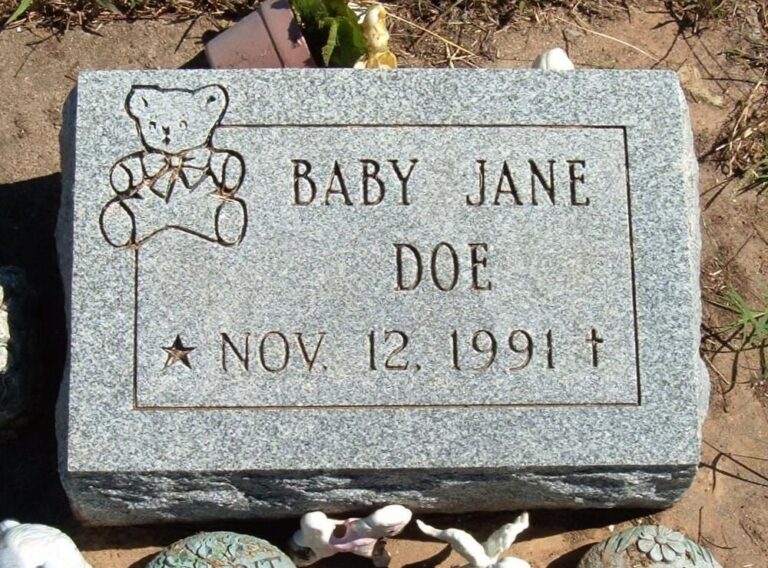
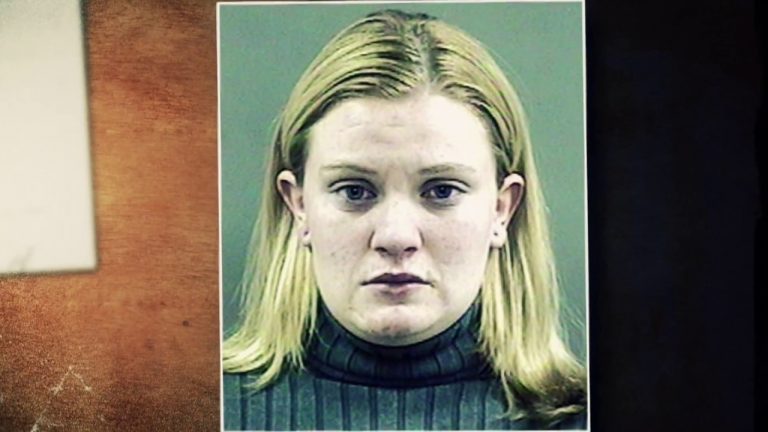
Comments:
As a mother, I can’t even blame her. May she and her daughter rest in peace.